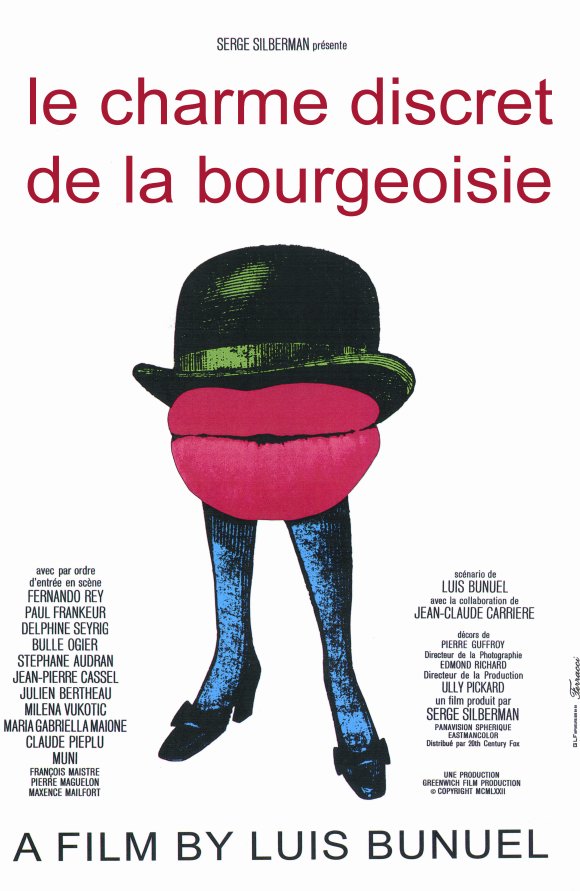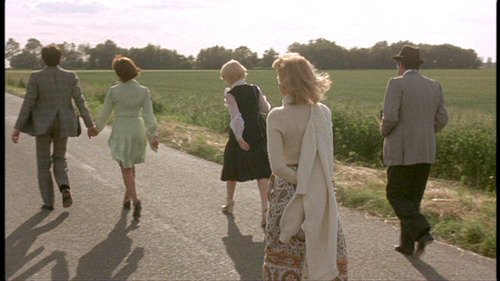A new bill called the E-PARASITE act is being debated in the US House which will give governments, courts and corporate biggies the power to shut down any website which is infringing on their copyrights (of course, according to their own decisions). This is even worse than the existing legislation that allowed websites to take down content deemed copyright-infringing and save itself from legal action. In effect, anything the overlords want us to pay for, we have to - if we really want to use it.
I'm going to argue against this mainly from my vantage point: i.e. as someone in a modest Indian town with a deep interest in matters of the world, and especially, cinema. It is no big secret that Indians don't have even middling-decent DVD rentals or arthouses where one can pay agreeable money to watch a decent variety of cinema. The local DVD rentals in my place keep only safe bets: blockbusters from Tolly, Bolly and Hollywood, a huge stock of b-grade Hindi and Bengali cinema (which, surprisingly, has a steady market), a nominal amount of "art cinema" (the big names in Bengali would be something like: S Ray, Aparna Sen, Goutam Ghose etc.) and large stocks of porn. Kolkata is somewhat better off than Durgapur, of course, but one only gets the theatre experience when the odd film festival comes to Nandan (not counting private screenings). The stores in Kolkata are also somewhat better off - I frequent the Music World on Park Street just to check out what titles they have on the shelves - though they usually keep the Certified Classics only. Thankfully, they're getting somewhat brave and bringing some rarer stuff - besides the usual Kurosawa, Bergman, Truffaut, Fellini et al - I've spotted the odd Olmis and the Dardennes. The gist is this: for a young, impressionable student in Durgapur/Kolkata interested in cinema, the options of getting a steady and healthy supply are still underdeveloped.
Now, let's do some preliminary mathematics to show why the internet saves me from film-ic ignorance. Due to the recent boom in telecommunications, even a mofussil like Durgapur has excellent broadband connectivity. And for around 800 to 1000 rupees, one can get a connection with no limits on data transfer. Basically, a 'free' ticket to share whatever files you want to. Thanks to a very well-developed file sharing web on the internet, I have access to whatever cinema I want. Everything from 1920s German horror to the latest film playing on the festival circuit is within reach if you have found your way around the net. So whereas I can only get three or four DVDs at most with a 1000 per month, I can (and do) download somewhere around 20 to 25 films with the same outlay.
Does this mean I won't buy DVDs at all? I will, but only a few I have already seen and loved - and when I have the money to spare. The way I see it, I'm not cutting down on the business of the corporations at all: it's a choice between not being able to buy and not buying it. My question is - why should an artiste mind if he's reaching out to a wider audience? As far as I know, corporations take the major chunk of sales profits anyway. For the artiste it's a choice between a little more money from royalties and sales profits (and that too is debatable: most filesharing proponents won't buy stuff as heavily as they share) and a huge, well-distributed audience. It's not without reason many bands are releasing their albums for free on their websites - they have already realised that their earning from sales amount to only about 10% (the rest coming from shows).
The internet is also more egalitarian, free from censorship. In one notable example, Iranian director Bahman Ghobadi released his 2009 film on censorship within his country - No One Knows About Persian Cats - on the internet as it could not shown in theatres. (Many similar underground artistes thrive because of the internet.) Now if a site like Pirate Bay - which hosted a copy of Ghobadi's film - were to be shut down because some bigwig corp in USA decided that it had also hosted one of its copyrighted films, then Ghobadi would be shut out of circulation. This is one reason why this new act, if it were to be passed, would be disastrous for democracy. To put it succinctly: for the First World with its various alternatives to showcase art, the internet may be a nefarious parasite eating up business (a claim which is debatable as I've pointed out). For us Third World citizens with no decent DVD rentals and arthouses, it means the death of culture altogether.
YouTube has already been taking down videos that attracted notices from corporations for copyright violation. As someone pointed out, their filtering mechanism is very random. Mashups, parodies or video essays featuring snippets of copyrighted material are often taken down, whereas whole scenes from those very films/music videos survive the treatment sometimes. This has already resulted in people shifting from YouTube to Vimeo (which has a somewhat more sensible stand towards copyright violation), but the implications are bad. As it stands now, you have to pay corporations big money even if you want a snippet (which should ideally be allowable for free as per Fair Use policy) in your work. This is just strangling of creativity; financial arm-twisting. I hope sense prevails and the internet - the only place where we can speak of global culture and cross-breeding with some amount of truth - remains truly free.
























